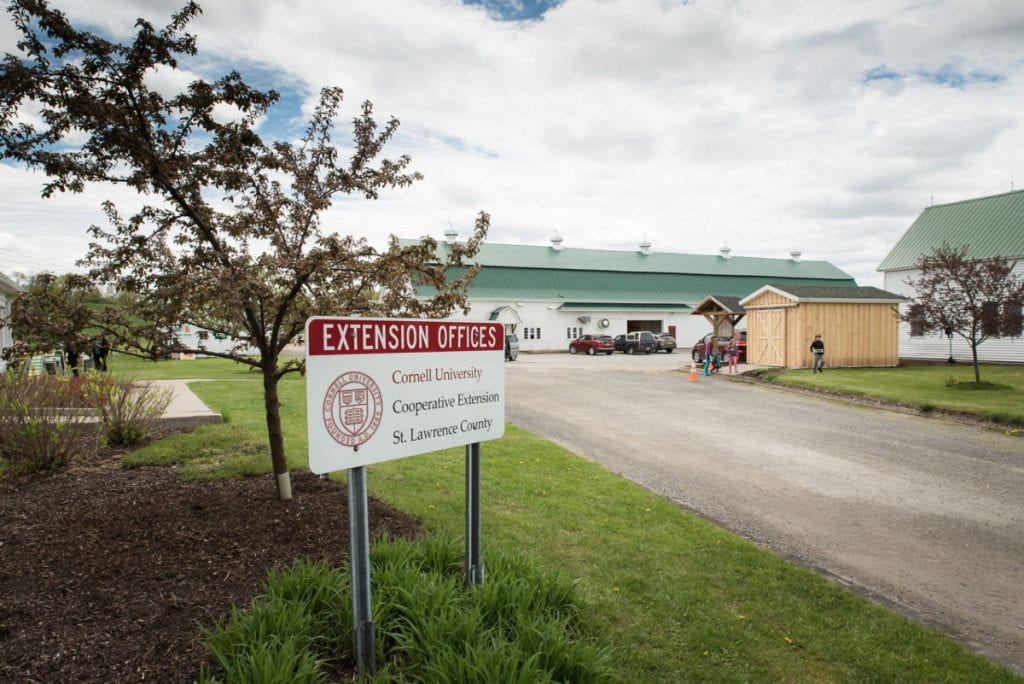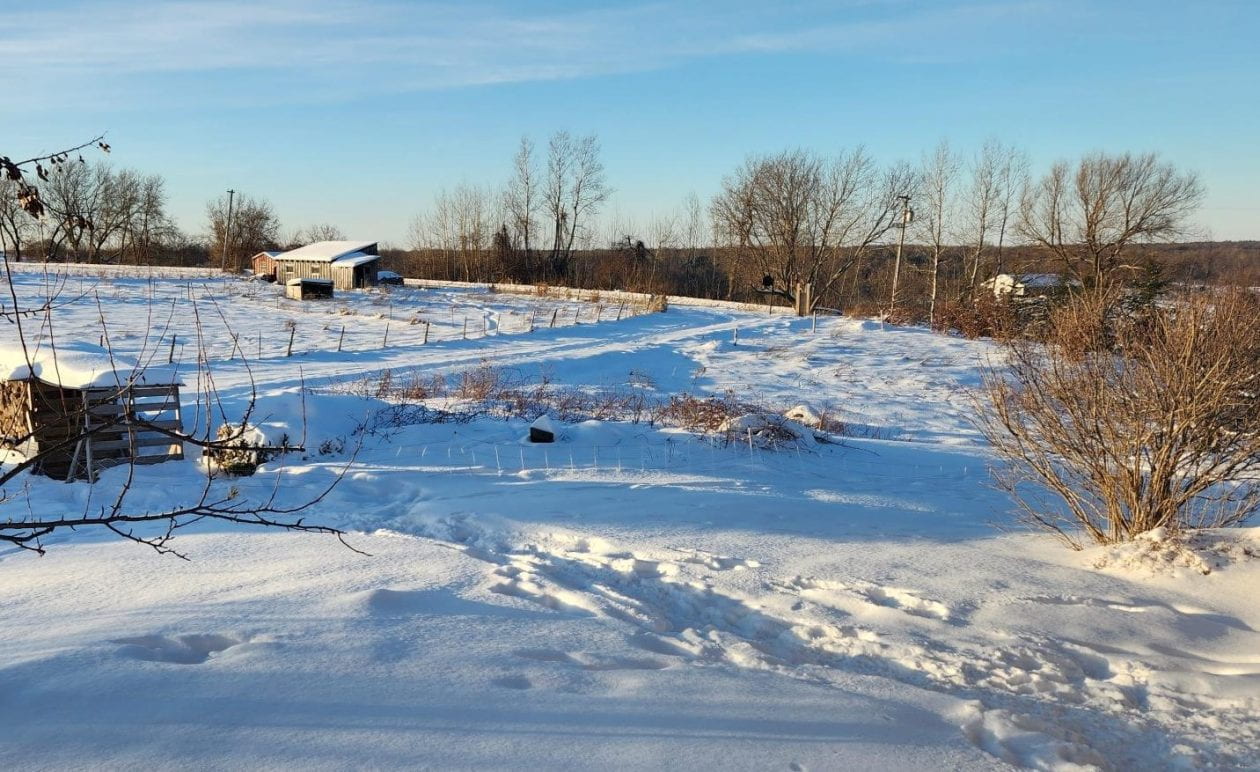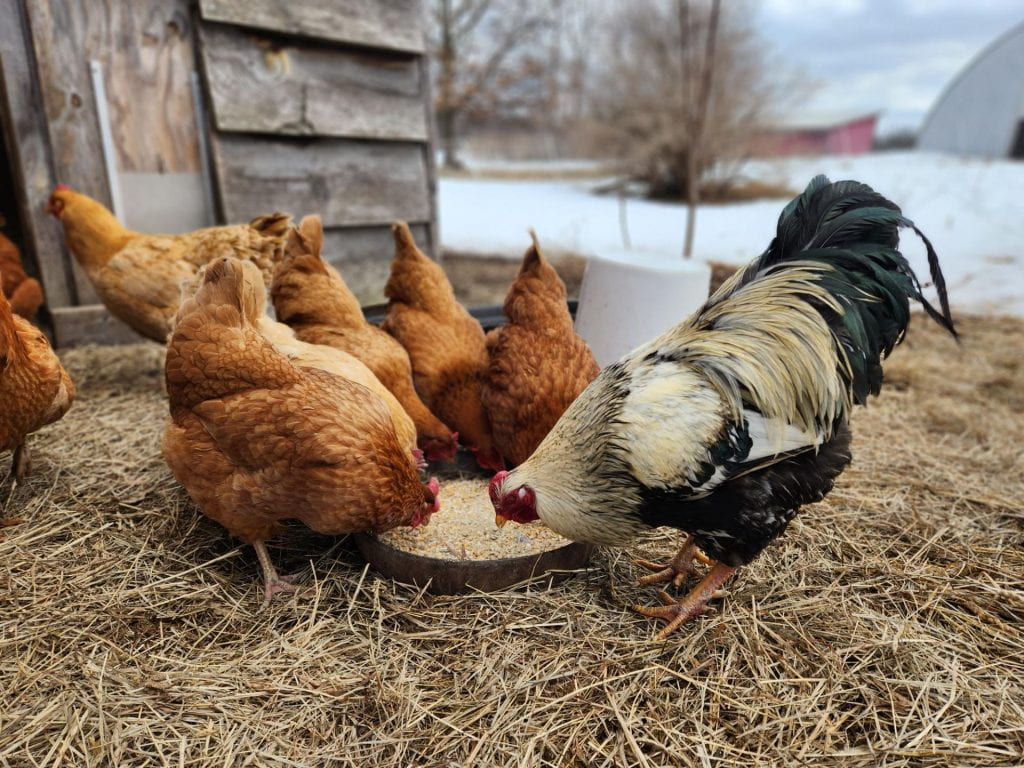We’re getting to the end of pruning season… but there’s still time! If you’ve ever wondered why late winter / early spring is the ideal time to do most apple pruning, it’s because the tree is dormant, and there aren’t airborne pathogens around. As a bonus, the branch structure is easier to see without the leaves. Pruning is necessary to shape your tree, prevent disease, and encourage the productive fruiting wood, which is 2-3 years old. It is best done annually, as mature trees that are left unpruned can become unproductive.
So… where should you begin?
Stand back and look over your tree from a slight distance. If there’s anything glaring – say a branch that is dead, diseased, or damaged, remove that first, back to a healthy joint (see advice below on where and how to cut). After removing any diseased branches, and after pruning each tree, clean your tools with rubbing alcohol or other disinfectant to avoid spreading pathogens to other branches or other trees. Crossed branches can result in rubbing and injury particularly in high winds or when weighed down by fruit so eliminate one of them. Any branches that are growing toward the center of the tree will not serve the tree’s need for sunlight and airflow. Also remove drooping branches, which are often shaded, reach too close to the ground when laden, and create mowing challenges.
And when should you stop?
Whether you’re working on a young tree or a mature, neglected one, it’s important to remember that you should never remove more than ⅓ of the tree. Exceeding this can cause excessive vegetative growth. So if it’s clear from the start that there’s a large branch that needs to go (because it’s dead, diseased, damaged, or interfering with the shape of the tree), then cut only that one and call it a day, no matter how tempting it may be to continue pruning. You can get to the minor cuts next year. Keep in mind, you can easily reach that ⅓ rule even by cutting a few smaller branches, especially on a young tree. Stepping back occasionally can keep your pruning in perspective and is essential for maintaining an overall balance of the tree.







